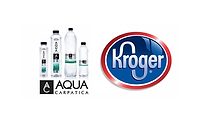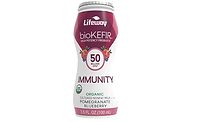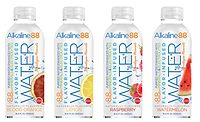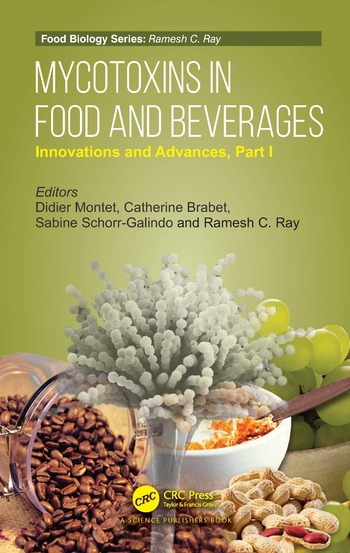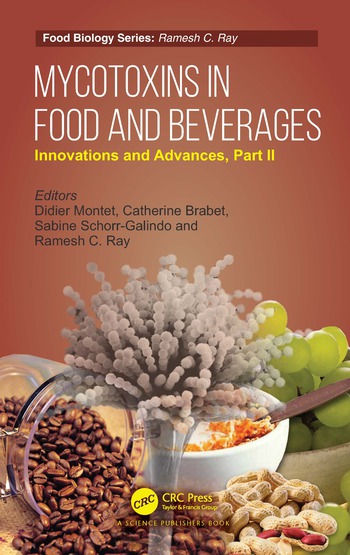Bottled water growing faster than refreshment beverages
Market research firm predicts water could be No. 1 beverage by volume in 2016

My husband drinks a lot of water, particularly because he had a painful kidney stone in 2001. I also have several friends who attest that they immediately start each day, not by consuming a caffeinated beverage, but by drinking a 16.9-ounce bottle of water.
I also am trying to drink more water, and it seems as though the healthful, natural and zero-calorie characteristics of water are resonating with consumers like never before. The bottled water category grew well in advance of the overall liquid refreshment beverage market, which grew at a quicker pace in 2015 than in 2014, according to recently released data from Beverage Marketing Corporation (BMC).
“Its growth actually accelerated, which is unusual for a category of its magnitude. Volume enlarged by 7.9 percent [so] bottled water could become the No. 1 beverage by volume as soon as this year,” according to a BMC statement.
Experts at the Mayo Clinic note that water comprises about 60 percent of our body weight and is essential for flushing toxins out of vital organs and carrying nutrients to the cells. Because the body also loses water daily through breathing, exercise and other activities, it’s important to replenish the lost liquids through beverages or foods, which, on average, provide about 20 percent of total water intake, it adds.
But how much water should we drink every day? While many of us have heard the advice, “drink eight 8-ounce glasses of water a day,” the “8-by-8” rule isn’t supported by hard evidence, but depends on many factors, including an individual’s health, level of activity and the climate where they live. The World Health Organization recommends about 13 cups (3 liters) of liquids a day for men and nine cups (2.2 liters) of liquids for women.
So as spring fades into summer and more of us venture outdoors, it’s likely that we will continue to enjoy cool, refreshing water.
Looking for a reprint of this article?
From high-res PDFs to custom plaques, order your copy today!




